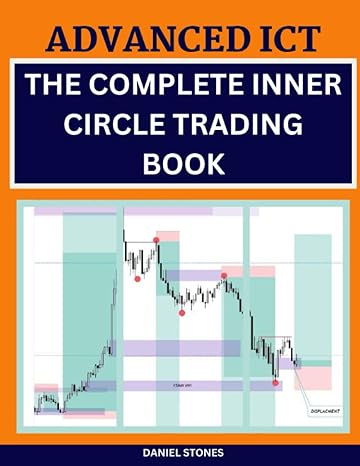Go back


Haptic And Audio Interaction Design 2008(1st Edition)
Authors:
Antti Pirhonen ,Stephen Brewster

Cover Type:Hardcover
Condition:Used
In Stock
Shipment time
Expected shipping within 2 DaysPopular items with books
Access to 30 Million+ solutions
Free ✝
Ask 50 Questions from expert
AI-Powered Answers
✝ 7 days-trial
Total Price:
$0
List Price: $50.92
Savings: $50.92(100%)
Solution Manual Includes
Access to 30 Million+ solutions
Ask 50 Questions from expert
AI-Powered Answers
24/7 Tutor Help
Detailed solutions for Haptic And Audio Interaction Design 2008
Price:
$9.99
/month
Book details
ISBN: 3540878823, 978-3540878827
Book publisher: Springer
Get your hands on the best-selling book Haptic And Audio Interaction Design 2008 1st Edition for free. Feed your curiosity and let your imagination soar with the best stories coming out to you without hefty price tags. Browse SolutionInn to discover a treasure trove of fiction and non-fiction books where every page leads the reader to an undiscovered world. Start your literary adventure right away and also enjoy free shipping of these complimentary books to your door.
Book Summary: Bringing Them Under the Same Roof The Haptic and Audio Interaction Design workshop series is now in its third year. These workshops have already demonstrated a clear need for a venue in which - searchers and practitioners in these areas gather together under the same roof. Three years have also shown clear developments in the approaches taken – with the benefits of combining haptics and audio shown practically and conceptually in this year’s - pers. In other words, it seems that when there is interaction between audio and haptic researchers, they really learn from each other and multimodal approaches emerge. There are many good reasons for using haptics and audio together. There are the practical needs in application development. Mobile devices are an obvious example – while the device is small in size and is used on the move, interaction cannot rely solely on visual display. On the other hand, the development of applications for visually impaired people makes it necessary to learn how to design non-visual user-interfaces for different situations.
Customers also bought these books
Frequently Bought Together
Top Reviews for Books
Michelle Tam
( 5 )
"Delivery was considerably fast, and the book I received was in a good condition."










